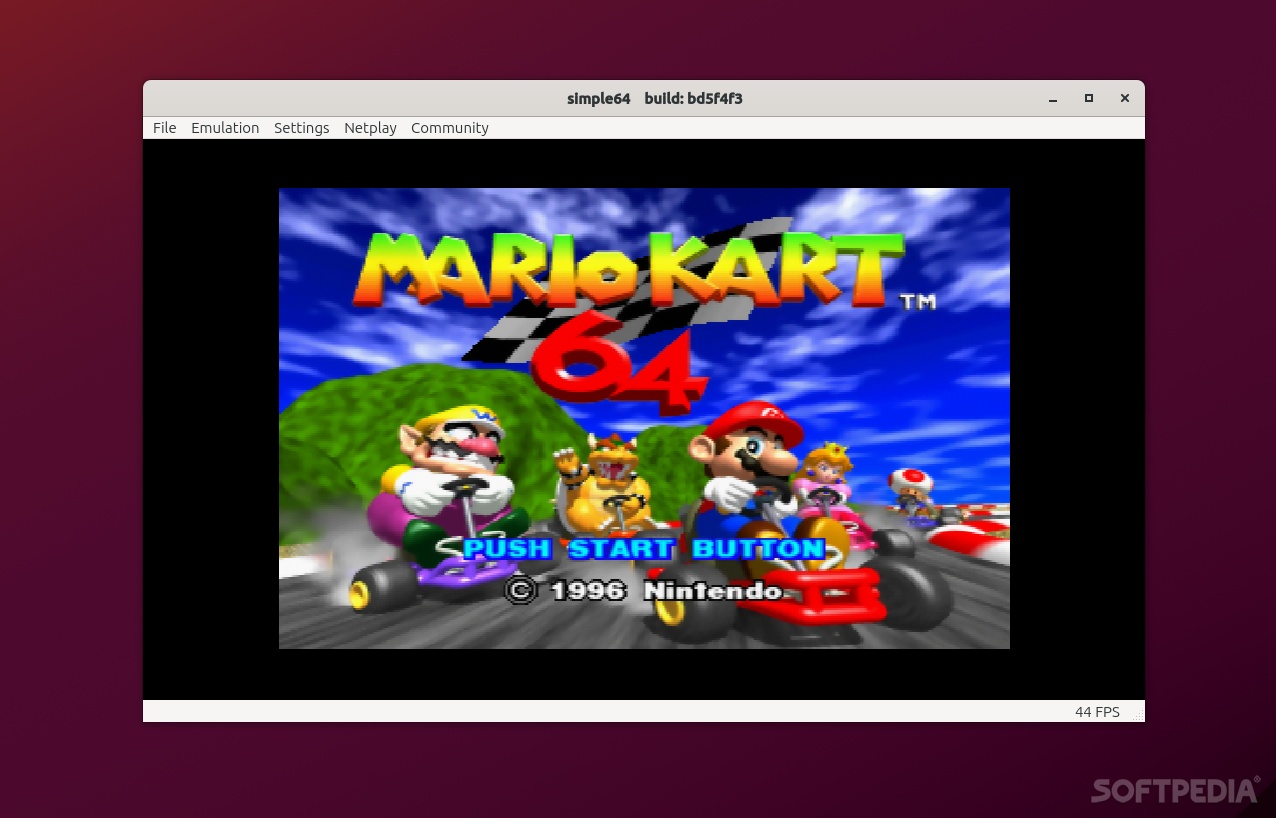

Originally codenamed as “Project: Reality,” the Nintendo 64 (or more generically named N64) is one of the most important consoles of the last few decades.
Why was it important? A part of the answer is its name – the 64 refers to its CPU architecture. Launched in 1996, it leaped miles ahead of consoles that used 16-bit sprite-based graphics, completely skipping the 32-bit era. It was also the last home console to use cartridges.
If not a retro gaming purist (or fanatic), and you’re not against emulators, and you’re looking for a way to relieve some of that pre-2000s nostalgia, then you should check out simple64.
simple64 is, indeed, simple but only in the sense that it can be quite easy to use, and it should (at least in most cases) offer a pretty good out-of-the-box N64 gaming experience (mostly meaning there’s no need to download plugins).
At its core, simple64 is based on a vastly modified version of mupen64plus-core, and ParaLLEl RSP/RDP. Considering the fact that the app includes a GUI, full controller configuration, and a lot more, it’s safe to say that it’s not the simplest N64 emulator out there.
Apart from the aforementioned GUI with full controller configuration support, the app also provides support for technologies such as VRU, full LLE boot process, 64DD cartridge port support (with saving), and cloud-based netplay (with no port forward).
simple64 also provides instructions and data cache emulation, accurate CPU, RSP, and interrupt cycling timings (no “CountPerOP” or “Counter Factor”), better CPU/RSP synchronization (useful for Homebrew titles, and support for libdragon games), accurate screen refresh rate timing, and probably best of all, native Vulkan rendering (no OpenGL).
Considering its feature set, it’s no wonder that simple64 is not the most lightweight N64 emulator. In fact, to run it, you need to ensure that your computer’s GPU has support for Vulkan 1.1 and a relatively modern CPU.
For more information regarding the app’s requirements, as well as other important issues, feel free to check out the app’s official FAQ section on GitHub.
